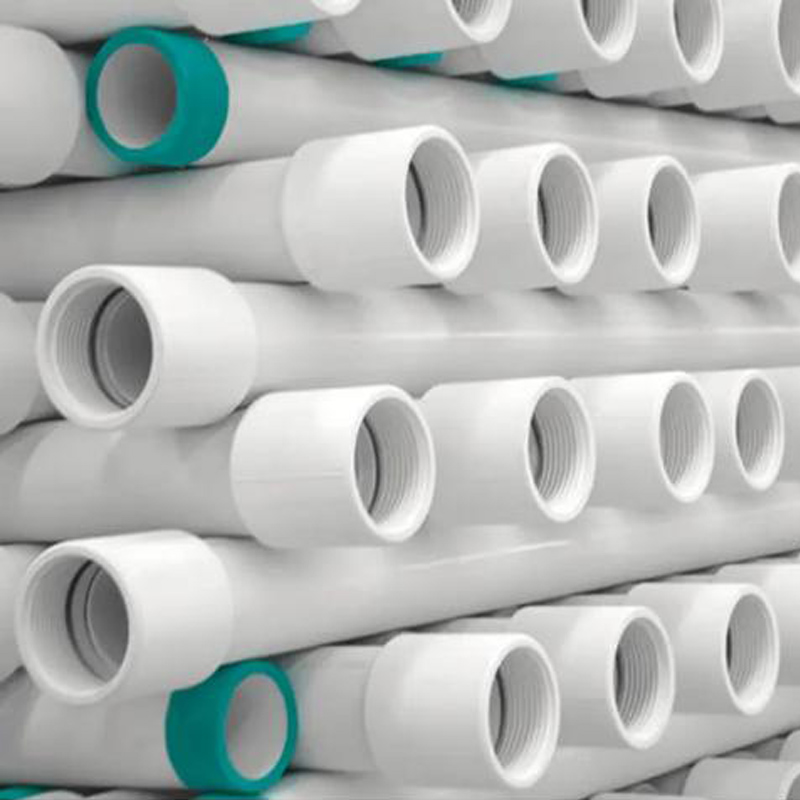Dec . 21, 2024 03:35 Back to list
China HDPE Transition Coupling Solutions for Efficient Pipeline Systems in Emerging Markets
Understanding the Transition Coupling for HDPE in China
High-Density Polyethylene (HDPE) has become one of the most utilized thermoplastic materials globally, notable for its outstanding strength-to-density ratio, chemical resistance, and versatility in applications ranging from packaging, plastic bottles, and piping to more advanced uses in construction and automotive industries. As China's manufacturing landscape continues to evolve, the demand for high-quality HDPE products has significantly increased, prompting a transition in coupling technologies and manufacturing processes.
The Importance of Transition Coupling
Transition coupling refers to the integration of different connections or joints in a piping system, which is especially relevant when dealing with various pipe materials or sizes. In HDPE applications, the transition couplings ensure leak-proof connections between HDPE pipes and other piping materials such as PVC, metal, or concrete. The implementation of effective transition coupling technologies is crucial for maintaining seamless flow and reducing downtime, which is critical in industries like oil and gas, water supply, and wastewater management.
China's Growing HDPE Market
China's economy has witnessed remarkable growth over the past few decades, leading to increased urbanization and industrialization. As the country strives for modernization, the demand for HDPE has surged. According to recent market research, the growth of the construction and infrastructure sectors, driven by government investments, has significantly boosted HDPE consumption. Moreover, with environmental concerns rising, the shift towards recycling and sustainable materials has intensified the focus on HDPE, due to its recyclability and durability.
Advances in Coupling Technologies
As the demand for HDPE continues to rise, so does the need for innovative coupling technologies. The introduction of advanced materials and manufacturing processes has led to the development of high-performance transition couplings that meet the stringent requirements of modern piping systems. Key advancements include
1. Material Improvements New formulations of HDPE have improved the resilience of transition couplings, allowing them to handle higher pressure capacities and more extreme temperatures. These improvements also contribute to longer service life and reduced maintenance costs.
china hdpe transition coupling

2. Design Innovations The design of transition couplings has evolved to incorporate features aimed at enhancing the performance of the joints. For instance, some designs include anti-corrosion coatings to prevent degradation, as well as mechanical locking mechanisms to ensure total security and integrity of the joint.
3. Automated Manufacturing Automation in the production of transition couplings has streamlined manufacturing processes, leading to better consistency in quality and performance. Automation not only increases production capacity but also reduces human error, making the end products more reliable.
4. Research and Development Chinese companies are increasingly investing in R&D to improve coupling technologies. Partnerships between academia and industry are fostering innovation, helping to develop bespoke solutions tailored to specific needs within various sectors.
Challenges in the Transition Coupling Market
Despite advancements, the transition coupling market for HDPE in China faces several challenges. First, the disparity in standards and regulations across different regions can complicate the adoption of advanced coupling technologies. Establishing a unified standard could enhance market efficiency and safety.
Second, environmental regulations and the circular economy's rise present hurdles for manufacturers. While HDPE is recyclable, ensuring the recycling process is efficient and economically viable remains a challenge that must be addressed.
Lastly, the growing competition from alternative materials, including other polymers and composites, necessitates that the HDPE industry continuously innovate and find ways to demonstrate its advantages, such as sustainability, performance, and cost-effectiveness.
Conclusion
As China navigates the complexities of industrial growth, the transition coupling for HDPE represents a vital area of development. By embracing innovative technologies, enhancing environmental friendliness, and responding to market demands, the HDPE industry can position itself for substantial growth. Stakeholders—including manufacturers, researchers, and policymakers—must collaborate to address existing challenges and harness the potential of this versatile material for future applications. With a focus on continuous improvement and sustainability, China can lead the transition coupling market for HDPE successfully into the next era of industrial advancement.
-
High-Quality PVC Borehole Pipes Durable & Versatile Pipe Solutions
NewsJul.08,2025
-
High-Quality PVC Perforated Pipes for Efficient Drainage Leading Manufacturers & Factories
NewsJul.08,2025
-
High-Quality PVC Borehole Pipes Durable Pipe Solutions by Leading Manufacturer
NewsJul.08,2025
-
High-Quality PVC Borehole Pipes Reliable PVC Pipe Manufacturer Solutions
NewsJul.07,2025
-
High-Quality UPVC Drain Pipes Durable HDPE & Drain Pipe Solutions
NewsJul.07,2025
-
High-Quality Conduit Pipes & HDPE Conduit Fittings Manufacturer Reliable Factory Supply
NewsJul.06,2025

